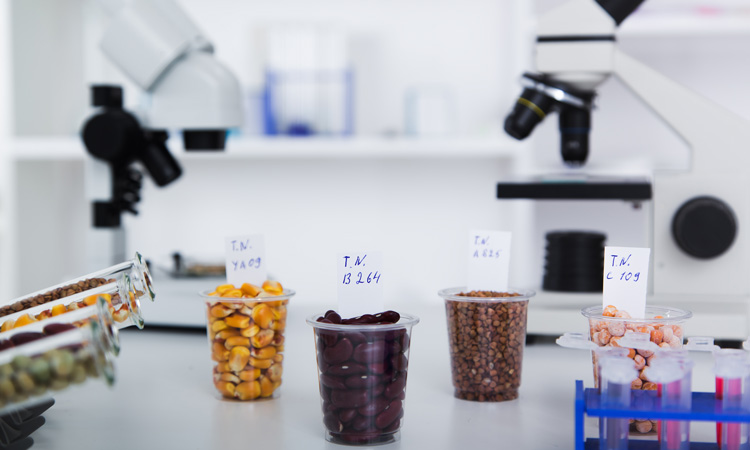Webinar highlights: PFAS analysis
By Phenomenex | New Food Magazine | May 15, 2020

Read the full article by Phenomenex (New Food Magazine)
“In a recent webinar hosted by New Food, Phenomenex discussed critical sample preparation and chromatography contributions for effective trace PFAS quantification in various sample matrices by LC-MS/MS.
Per- and polyfluoroalkyl substances (PFAS) are a class of highly stable synthetic organic compounds used in a variety of industrial and commercial applications, including surface treatment for textiles, packaging materials and non-stick cookware. These chemicals are characterised by a hydrophobic fully-fluorinated alkyl chain and a hydrophilic head. They are persistent in the environment, sometimes referred to as ‘forever chemicals’ in the media, and are harmful to human health through chronic exposure above safe levels.
The Environmental Protection Agency (EPA)’s official safety threshold for one of the most prominent, perfluorooctanoic acid (PFOA), was set at 400 parts per trillion (ppt) between 2009 and 2016, after which time the agency lowered it to 70 ppt. Several US states have further lowered these limits, such as California, which recently dropped it to 10 ppt for PFOA and 40 ppt for PFOS.
In the webinar, Scott Krepich, Food and Environmental Industry manager at Phenomenex, reviewed sample preparation and chromatography concepts in PFAS analyses from multiple matrices, while applying the underlying chemical interaction principles for improved ruggedness and novel adaptation of non-routine techniques.
High profile contamination incidents and emerging PFAS replacement compounds have brought analytical testing needs to a wider set of known and unknown compounds in a variety of matrices beyond that of drinking water. Soils and sediments, along with more challenging solid waste matrices, are being examined further to characterise the environmental impact, as well as remediation efforts and drinking water sources. Biological fluids are also being examined for a wider range of PFAS and their metabolites for toxicology studies, along with food and food packing matrices for additional ingestion routes to human exposure…”
This content provided by the PFAS Project.
Topics: